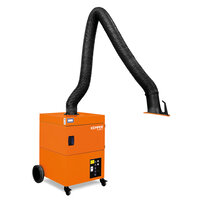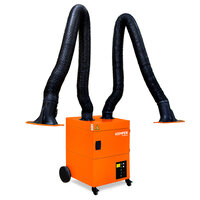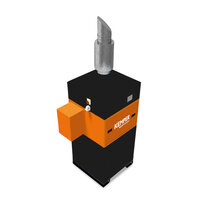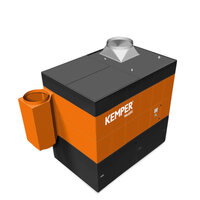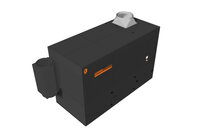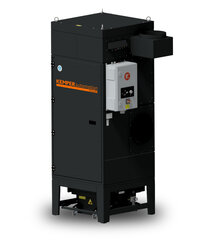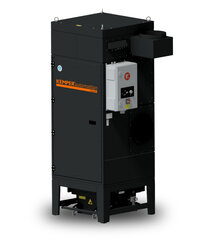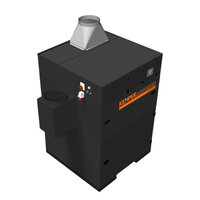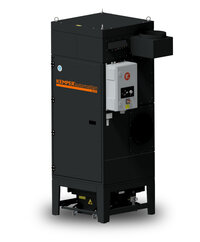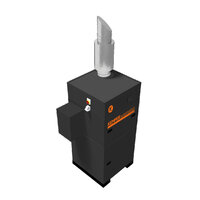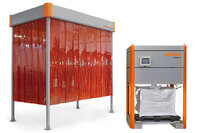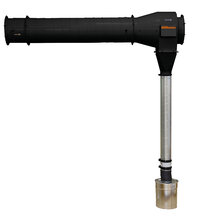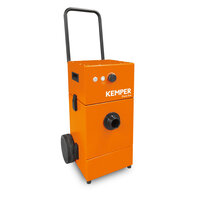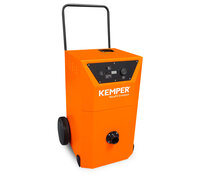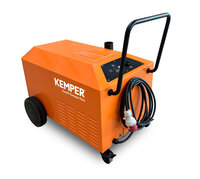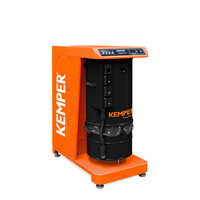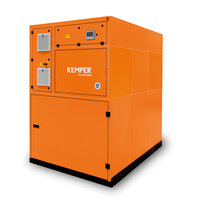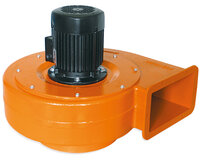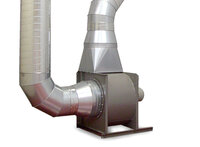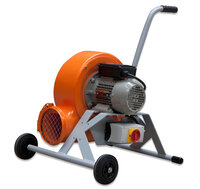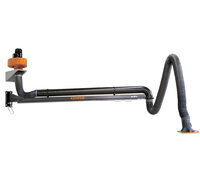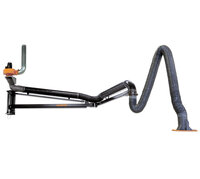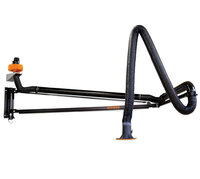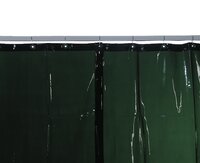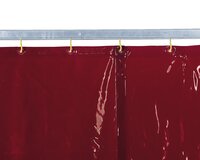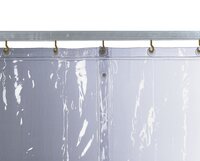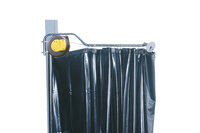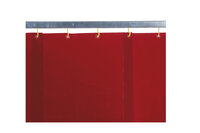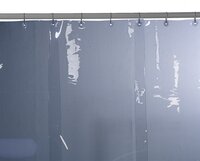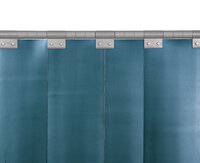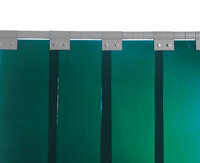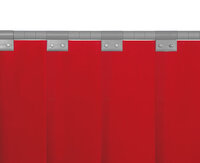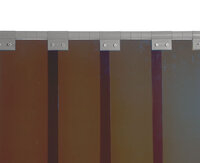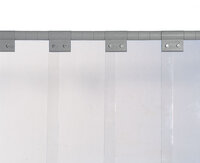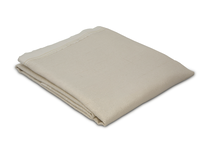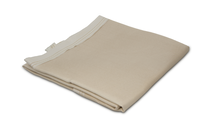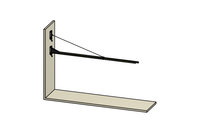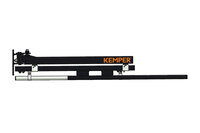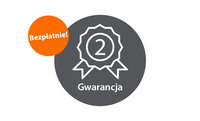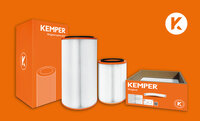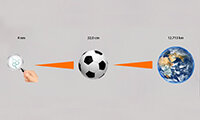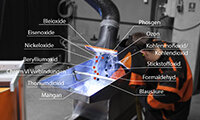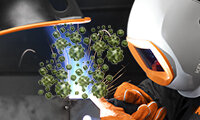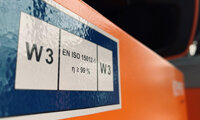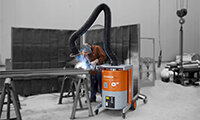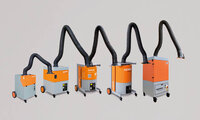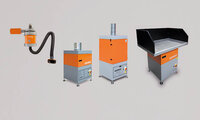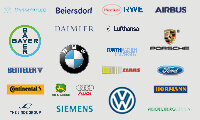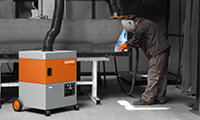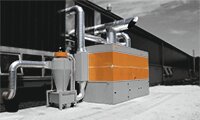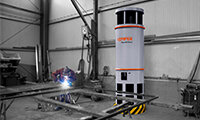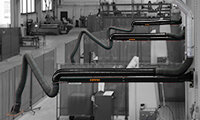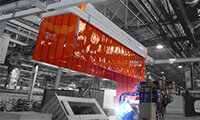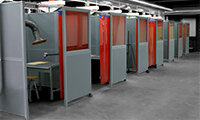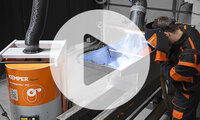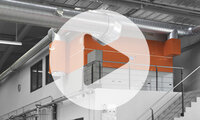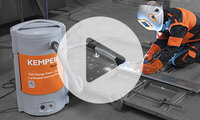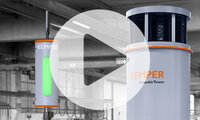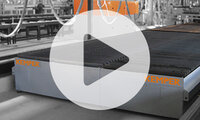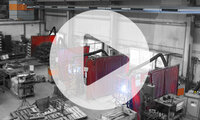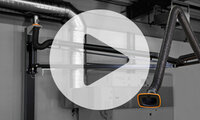-
Proszę wybrać kategorię produktu
-
Produkty:
Strona przeglądowa -
Urządzenia mobilne
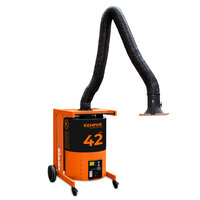
- powrót | Urządzenia mobilne
- Urządzenia mobilne: Strona przeglądowa
-
SmartMaster
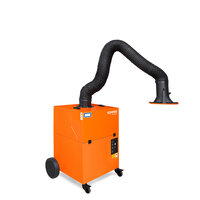 Filtr wymienny - 13 m²
Filtr wymienny - 13 m² -
ProfiMaster
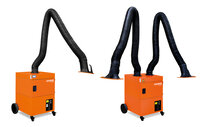 Filtr wymienny - 17 m²
Filtr wymienny - 17 m² -
SmartFil
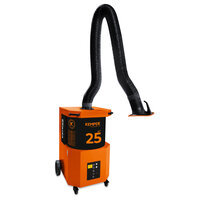 Filtr wymienny - 25 m²
Filtr wymienny - 25 m² -
MaxiFil
 Filtr wymienny - 42 m²
Filtr wymienny - 42 m² -
MaxiFil z węglem aktywnym
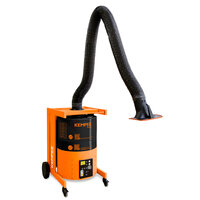 Filtr wymienny - 34 m²
Filtr wymienny - 34 m² -
FilterMaster XL
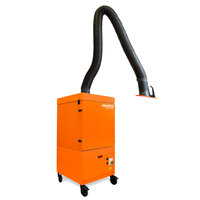 Filtr samoczyszczący
Filtr samoczyszczący -
MaxiFil Clean
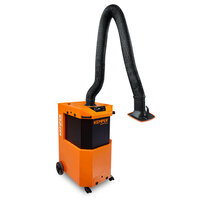 Filtr samoczyszczący
Filtr samoczyszczący -
Filtr wymienny
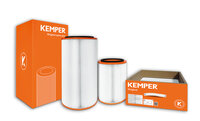
- powrót | Filtr wymienny
- Filtr wymienny: Strona przeglądowa
-
Filtr wymienny do SmartMaster
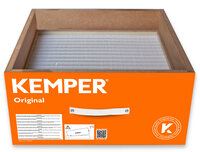 Filtr wymienny - 13 m²
Filtr wymienny - 13 m² -
Filtr wymienny do ProfiMaster
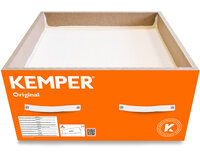 Filtr wymienny - 17 m²
Filtr wymienny - 17 m² -
Zamienny wkład filtracyjny do SmartFil
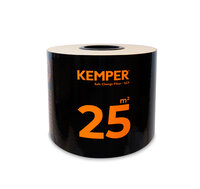 Filtr wymienny - 25 m²
Filtr wymienny - 25 m² -
Zamienny wkład filtracyjny do MaxiFil
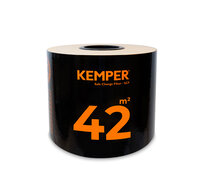 Filtr wymienny - 42 m²
Filtr wymienny - 42 m² -
Zestaw filtr główny i filtr węglowy do MaxiFil
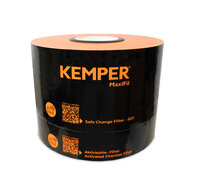
-
Filtr wymienny do MaxiFil
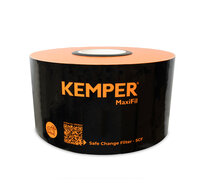
-
Filtr z węglem aktywnym
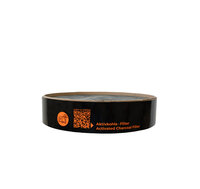
-
Zamienny wkład filtracyjny do FilterMaster XL
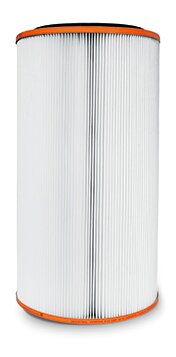 KemTex® ePTFE - 10 m²
KemTex® ePTFE - 10 m² -
Filtr wymienny dla MaxiFil Clean
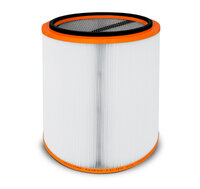 KemTex® ePTFE - 15 m²
KemTex® ePTFE - 15 m² -
Wkłady przeciwpyłowe MaxiFil Clean (4 szt.)

-
Systemy odciągowe stacjonarne
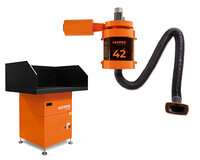
- powrót | Systemy odciągowe stacjonarne
- Systemy odciągowe stacjonarne: Strona przeglądowa
-
WallMaster
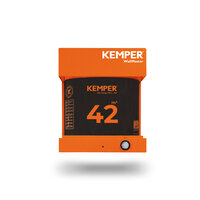 Filtr wymienny - 42 m²
Filtr wymienny - 42 m² -
MaxiFil stacjonarny
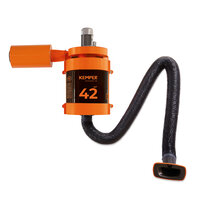 Filtr wymienny - 42 m²
Filtr wymienny - 42 m² -
FilterTable
 Filtr wymienny - 16 m²
Filtr wymienny - 16 m² -
FilterTable GWT
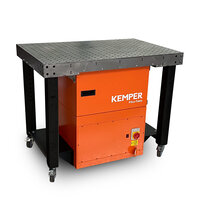 Filtr wymienny - 15,8 m²
Filtr wymienny - 15,8 m² -
Stacjonarny filtr nabojowy
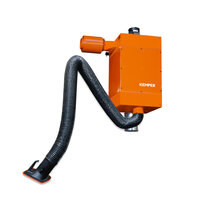 Filtr samoczyszczący
Filtr samoczyszczący -
Stacjonarny filtr nabojowy
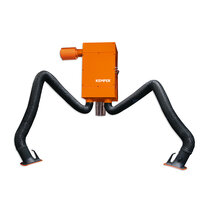 Filtr samoczyszczący
Filtr samoczyszczący -
FilterCell XL
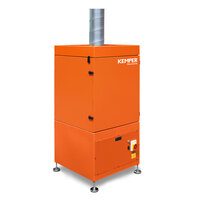 Filtr samoczyszczący
Filtr samoczyszczący
-
Systemy odciągowe centralne
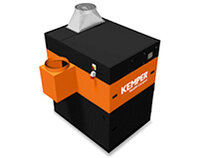 od 1250 mł/h do 26.640 mł/h
od 1250 mł/h do 26.640 mł/h -
Odciąganie wysokopróżniowe
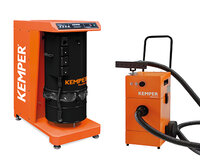
-
Systemy wentylacji pomieszczeń
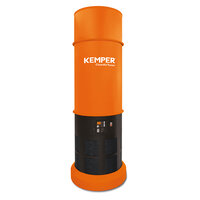
- powrót | Systemy wentylacji pomieszczeń
- Systemy wentylacji pomieszczeń: Strona przeglądowa
-
CleanAirTower SF 9000
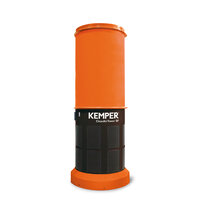 Filtrem jednorazowym - 100 m²
Filtrem jednorazowym - 100 m² -
CleanAirTower
 Filtr samoczyszczący
Filtr samoczyszczący -
KemJet
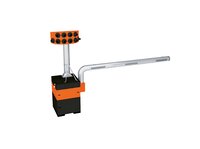 System wentylacji pomieszczeń
System wentylacji pomieszczeń -
System Push-Pull
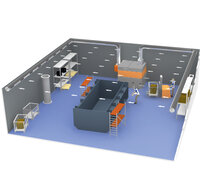
-
Wentylacja wypierająca
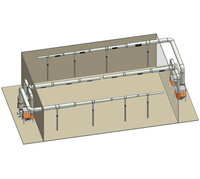
-
Kontroler powietrza AirWatch
 Lampa sygnalizacyjna
Lampa sygnalizacyjna
-
Ramiona odciągowe i wentylatory

- powrót | Ramiona odciągowe i wentylatory
- Ramiona odciągowe i wentylatory: Strona przeglądowa
-
Ramiona odciągowe
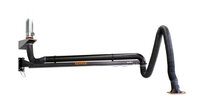 Różne długości ramion
Różne długości ramion- powrót | Ramiona odciągowe
- Ramiona odciągowe: Strona przeglądowa
-
Ramiona odciągowe o długości 2 - 4 metrów

-
Ramiona odciągowe o długości 2 - 4 metrów

-
Ramiona odciągowe o długości 7 - 8 metrów
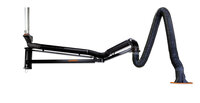
-
Ramiona odciągowe o długości 9 - 10 metrów
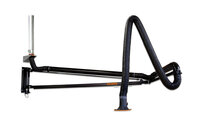
-
Ramiona odciągowe do kanałów odciągowych
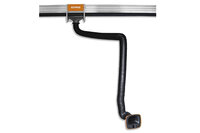
-
Ramion odciągowe do montażu pionowego lub ...
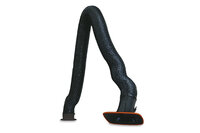
-
Wentylatory
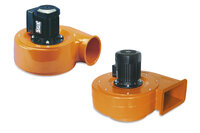
-
Zestaw wywiewanego powietrza
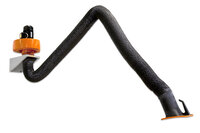 All-In-One
All-In-One
-
Stoły odciągowe, stoły do cięcia
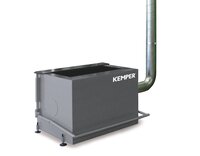
- powrót | Stoły odciągowe, stoły do cięcia
- Stoły odciągowe, stoły do cięcia: Strona przeglądowa
-
Stoły do zastosowań ręcznych
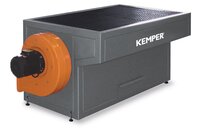
- powrót | Stoły do zastosowań ręcznych
- Stoły do zastosowań ręcznych: Strona przeglądowa
-
Stoły szlifierski z odciągiem
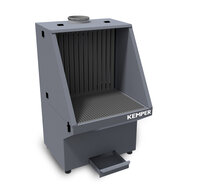
-
Stoły spawalnicze z odciągiem

-
Stoły spawalnicze z wentylatorem

-
FilterTable

-
Stoły do cięcia ręcznego
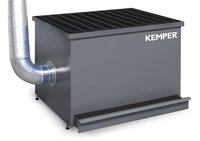
-
Stół typu Tavolex
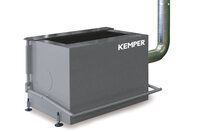
-
Spawalnicze stoły szkolne
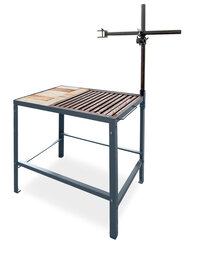
-
Stół szkoleniowy ze stojakiem do mocowania ...
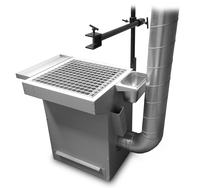
-
Stoły do przecinarek i urządzeń tnących
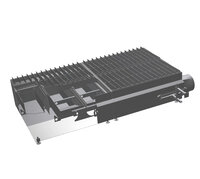
- powrót | Stoły do przecinarek i urządzeń tnących
- Stoły do przecinarek i urządzeń tnących: Strona przeglądowa
-
KemTab
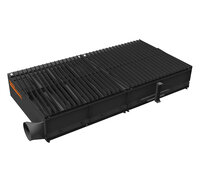 do 300 Amperów.
do 300 Amperów. -
KemTab Advance
 do 300 Amperów.
do 300 Amperów.
-
Bezpieczeństwo pracy i ściany działowe
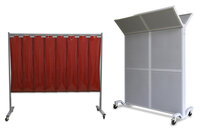
- powrót | Bezpieczeństwo pracy i ściany działowe
- Bezpieczeństwo pracy i ściany działowe: Strona przeglądowa
-
Zasłony spawalnicze ochronne
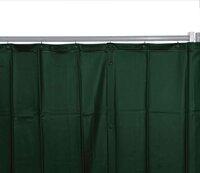
-
Zasłony spawalnicze lamelowe
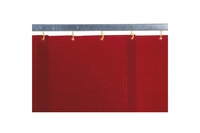
-
Lamele ochronne
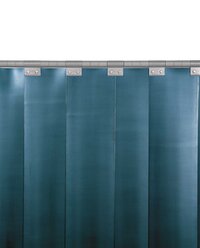
-
Ścianki spawalnicze ochronne
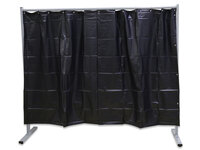
- powrót | Ścianki spawalnicze ochronne
- Ścianki spawalnicze ochronne: Strona przeglądowa
-
1-częściowa ścianka ochronna z zasłoną ...

-
1-częściowa ścianka ochronna z napiętą ...
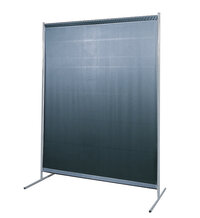
-
1-częściowa ścianka ochronna z lamelami
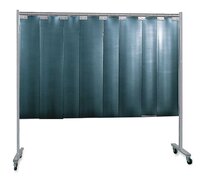
-
1-częściowa ścianka ochronna z lamelami

-
3-częściowa ścianka ochronna z zasłoną ...

-
3-częściowa ścianka ochronna z lamelami

-
3-częściowa ścianka ochronna z lamelami

-
komplet kół
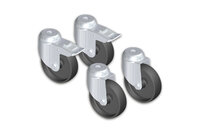
-
Koce spawalnicze ochronne
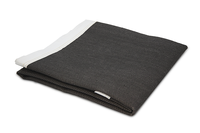
-
System ścianek działowo wyciszających

-
Przejezdna ściana wygłuszająca
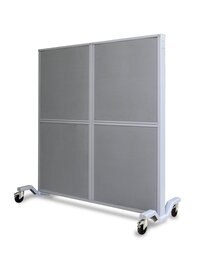
-
Odchylane ramiona ścienne i słupowe
-
Węże odciągowe
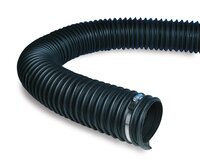
- powrót | Węże odciągowe
- Węże odciągowe: Strona przeglądowa
-
Węże zasysająco ciśnieniowe do 80°C
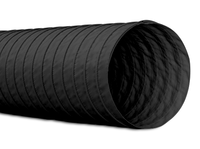
-
Węże zasysająco ciśnieniowe do 100°C
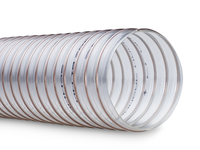
-
Węże wysokotemperaturowe do 250 °C

-
Węże odciągowe do spalin samochodowych do 170 ...
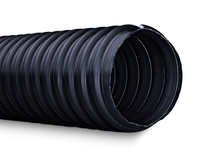
-
Węże spalinowe do pojazdów samochodowych do ...

-
Węże wysokotemperaturowe do +650 °C

-
Wysokopróżniowy wąż ssący do 85°C
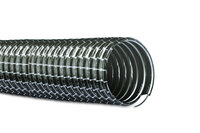
-
Proszę wybrać stronę
-
Warte poznania:
Strona przeglądowa -
Dymy spawalnicze – ogólnie
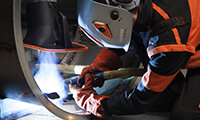
-
Zanieczyszczenia spawalnicze: Przepisy

- powrót | Zanieczyszczenia spawalnicze: Przepisy
- Zanieczyszczenia spawalnicze: Przepisy : Strona przeglądowa
-
1. Przegląd

-
2. Ocena zagrożenia
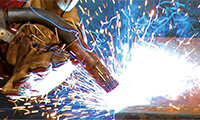
-
3. Środki ekstrakcyjne
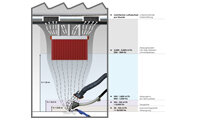
-
4. Ogólne wartości graniczne
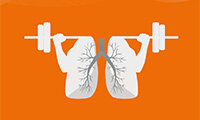
-
Urządzenie odciągowe - obszary zastosowania
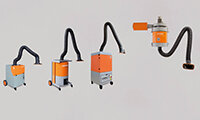
-
Zentrale Absauganlage - Filteranlage Überblick
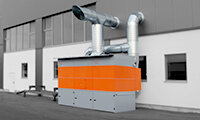
- powrót | Zentrale Absauganlage - Filteranlage Überblick
- Zentrale Absauganlage - Filteranlage Überblick: Strona przeglądowa
-
Przegląd: Urządzenia centralne systemów
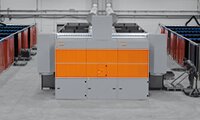
-
Szczegółowo: Urządzeniea centralne systemów
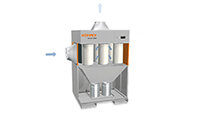
-
Wyposażenie dodatkowe: Do urządzeń centralnych
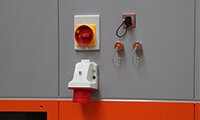
-
IFA W3 certyfikacja

-
Filtracja powierzchniowa Wkłady filtracyjne

-
Wentylacja przestrzenna pomieszczeń

-
Ramiona odciągowe w przeglądzie
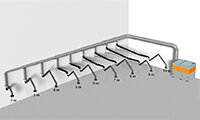
-
Stoł do cięcia
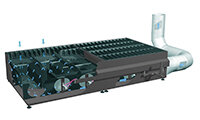
-
Proszę wybrać stronę
-
Aktualności :
Strona przeglądowa -
Nowości

-
Targi wystawowe

-
Proszę wybrać stronę
-
Blog:
Strona przeglądowa
-
Proszę wybrać stronę
-
Marketing:
Strona przeglądowa -
Zamawianie katalogów
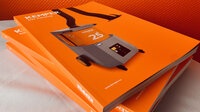
-
Pobieranie

-
Rejestracja produktu
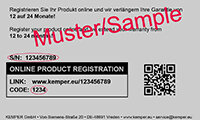
-
Filmy
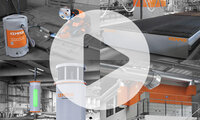
-
Proszę wybrać stronę
-
Pobieranie:
Strona przeglądowa
Is welding in Germany on the edge of legality?
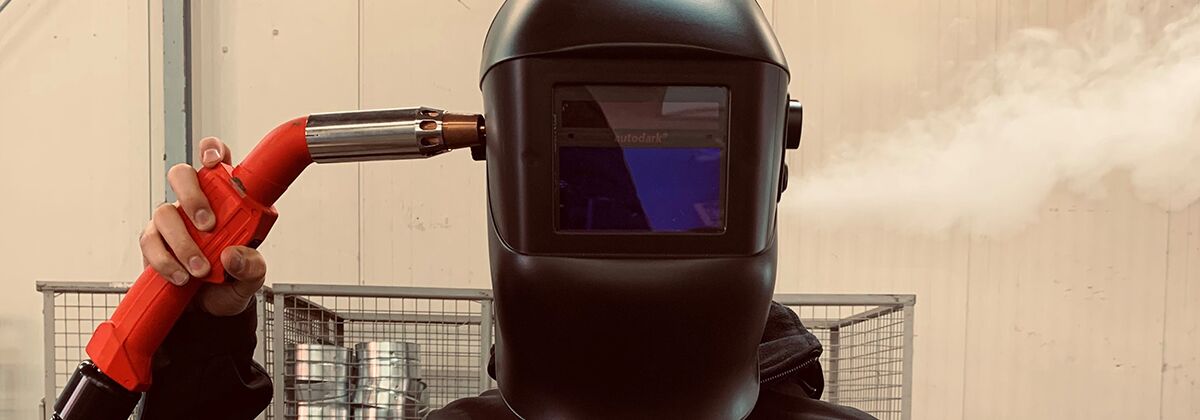
From a purely occupational health point of view this is true. But what is it all about? The fact that the general dust limit value in Germany 1.25 mg/m³ is well known and compliance is already tough work in many companies. In contrast to the manganese value, however, this hurdle is just knee-high, whereas you would need a trampoline to overcome the manganese value hurdle.
- "The claim of a good welding company should be to make the hurdle for limit values look like small sticks".
Back to the beginning: The limit value for manganese (E-dust) was lowered from 0.5mg/m³ to 0.2 mg/m³ in 2015. So far so good. The real problem lies in the very fine, i.e. alveolar dusts of manganese. These lead to Parkinson-like symptoms, so a new limit value of 0.02 mg/m³ has been set for these so-called A-dusts. This is a reduction of 96 percent compared to the original value and thus a real gamechanger for occupational health and safety. The orientation of many companies is aimed at the supposed minimum target of the general dust limit value of 1.25 mg/m³. However, this is far from ensuring that the limit value for manganese is also complied with. In this case it is not enough to reach the goal line - you have to go beyond to make the hurdle for limit values look like a small stick.
The limit value for manganese is already today just as binding as the general dust limit value. There is no time lag in between. The difference: manganese has been below the radar for a long time. Because the 0.5 mg/m³ were practically never exceeded, the manganese concentration was rarely measured before 2015. As a result, there was hardly any information about how high the actual value is - after all, it was almost always below the limit. Only after the reduction was the manganese concentration measured more frequently and now regularly. Because the limit value for manganese is often still exceeded by a factor of 3 to 5 even when the general dust limit value is complied with, it now represents the real hurdle. The fact that the general dust limit value is complied with does not help the company.
- "In contrast to the manganese value, this hurdle is just knee-high, whereas you would need a trampoline to overcome the manganese value hurdle.
But what must weld companies do to comply with the limit values? First the status quo should be reviewed. For this purpose, companies can call in the expertise of an air pollution control expert to exploit all potential. From modern spot extraction units or extraction torches, to the addition of room ventilation systems or spatial separation, there are many ways to achieve maximum protection for employees. In addition, employees should be made aware of the dangers of welding fumes through regular training. This is particularly important because in the end it is often the welder's own willingness to protect himself and his colleagues from the dangers that determines whether or not the welding results fall well below the limit values.
One thing is certain: Whoever deals with the implementation of an efficient air pollution control concept at an early stage guarantees the highest health precautions, which are far below the general dust limit value. Extraction experts like KEMPER can provide support during implementation - both technically and in an advisory capacity. Together we will tackle it so that welding will remain legal in the future.
Wyszukaj Kemper.eu
Użyj pola wyszukiwania poniżej, aby wyszukać produkty, usługi i informacje na Kemper.eu.
ZamknijJak możemy się z Tobą skontaktować?
Wypełnij formularz. Skontaktujemy się z Tobą jak najszybciej.

